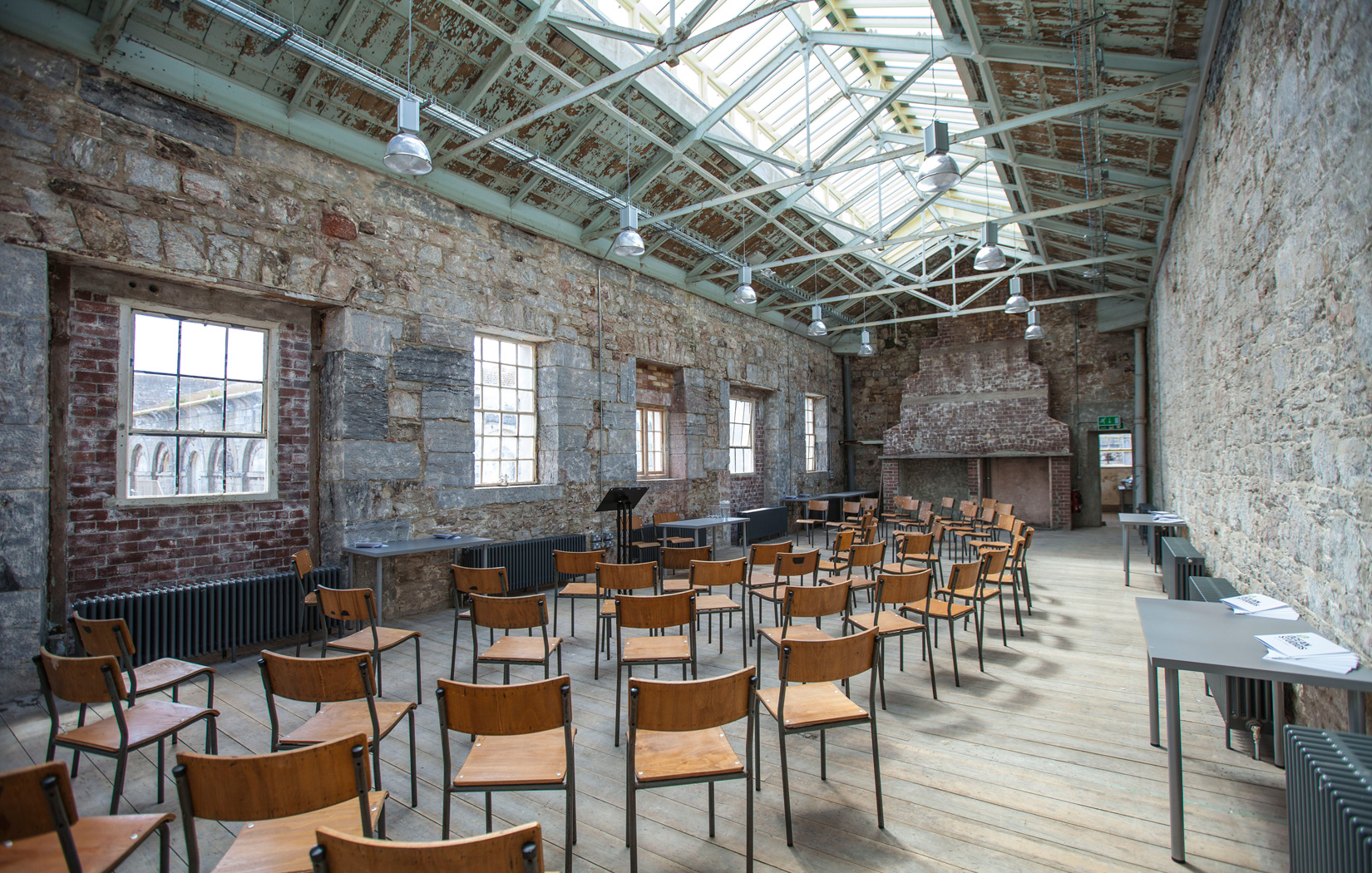
England’s Plymouth is well known for its maritime connections but now a new artistic hub is looking to put the city on the map as a port of creativity.
Ocean Studios will open to the public on 15 of August, comprising 20,500 sq ft gallery, 30 artist studios and an open workspace for more than 40 artists.
It has taken over a former cooperage in Royal William Yard – a 19th-century naval base conceived by architect Sir John Rennie and home to the largest collection of listed military buildings in Europe.
A team of 80 coopers used to make barrels for the navy inside the Grade I-listed building, storing everything from salted beef to rum. Now barrels have been swapped for artworks by the likes of Richard Deacon, Grayson Perry and Gillian Wearing – all featured in the gallery’s inaugural show A taste of things to come.
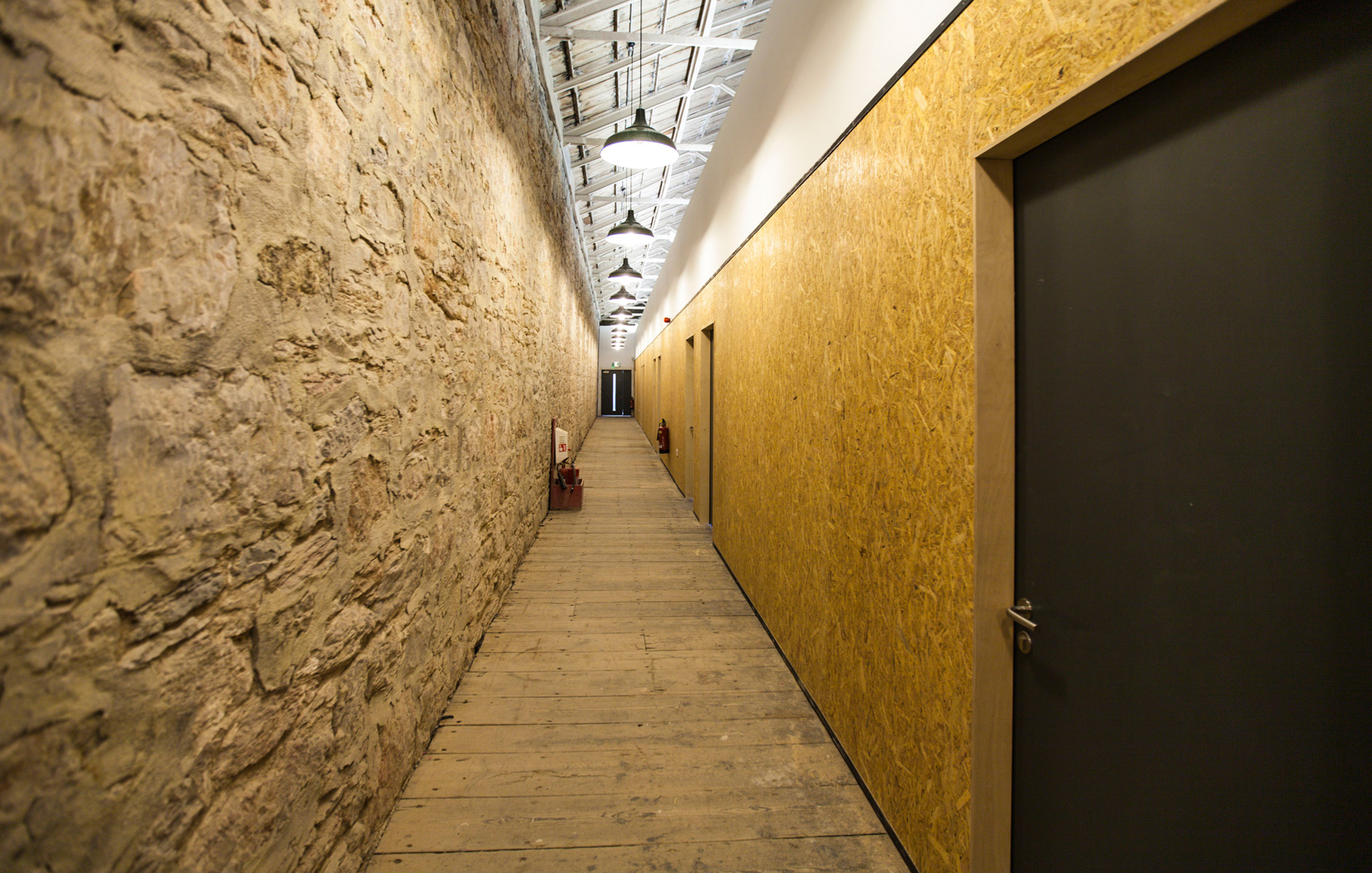
Architects Gillespie Yunnie took a deliberately light touch to the renovations.
‘Every surface had an amazingly rich patina of flaking paint and worn finishes, showing years of hard Navy use. One of the greatest achievements for us was convincing everyone involved we didn’t need to “over-restore” them,’ says the practice’s Will Hoare.
Gillespie Yunnie have kept the space as open plan as possible, reflecting its original layout of wide production floors. Cast iron columns still retain layers of rust and paint, while timber has been left unsanded and unvarnished – just lightly scrubbed.
The architects have introduced new materials including exposed steel and plywood. ‘Old and new sit beautifully together,’ Hoare enthuses.
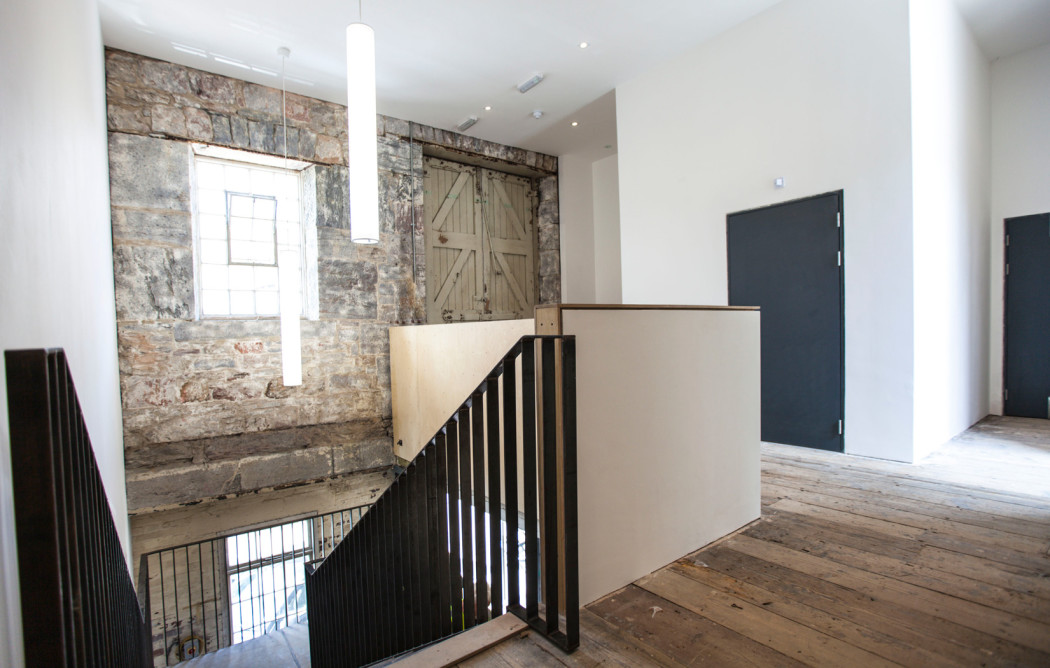
Photography: Rod Gonzales
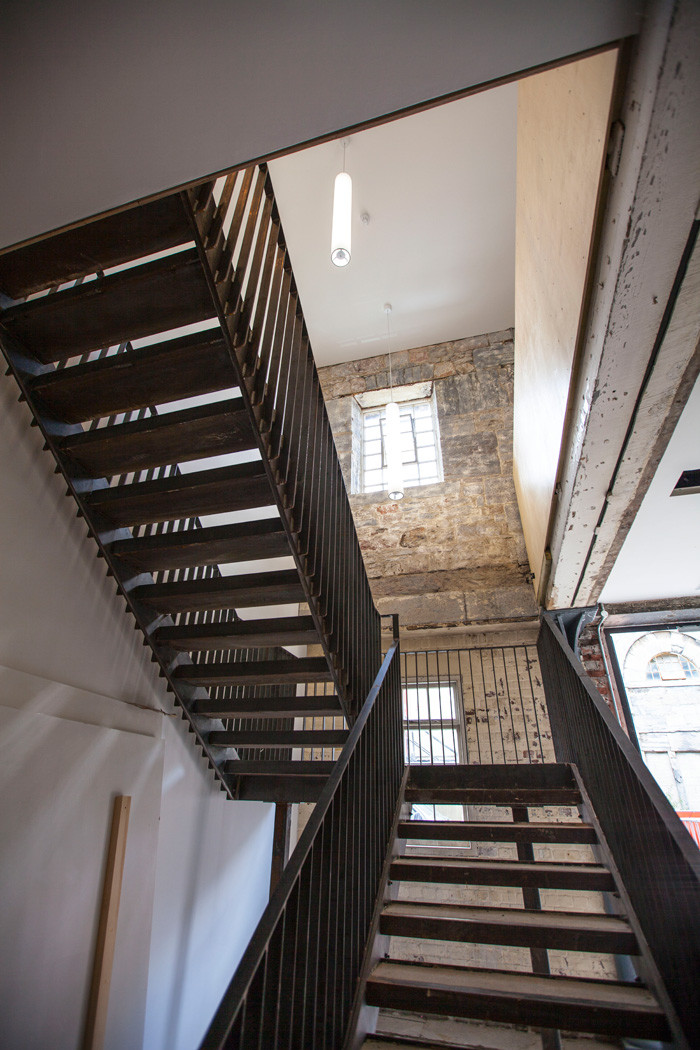
Photography: Rod Gonzales
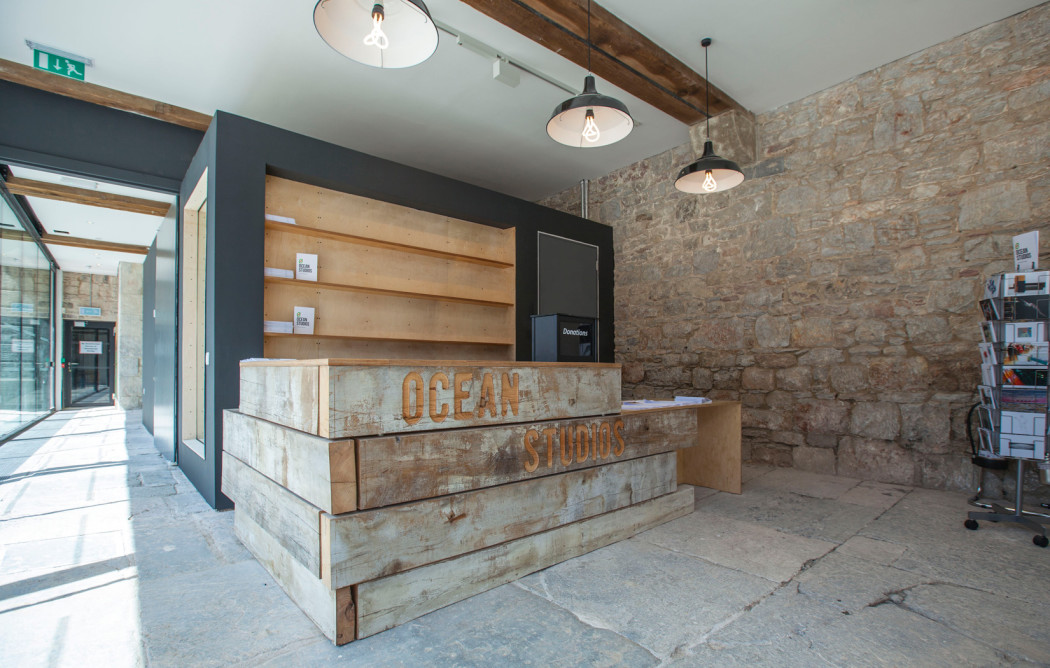
Photography: Rod Gonzales
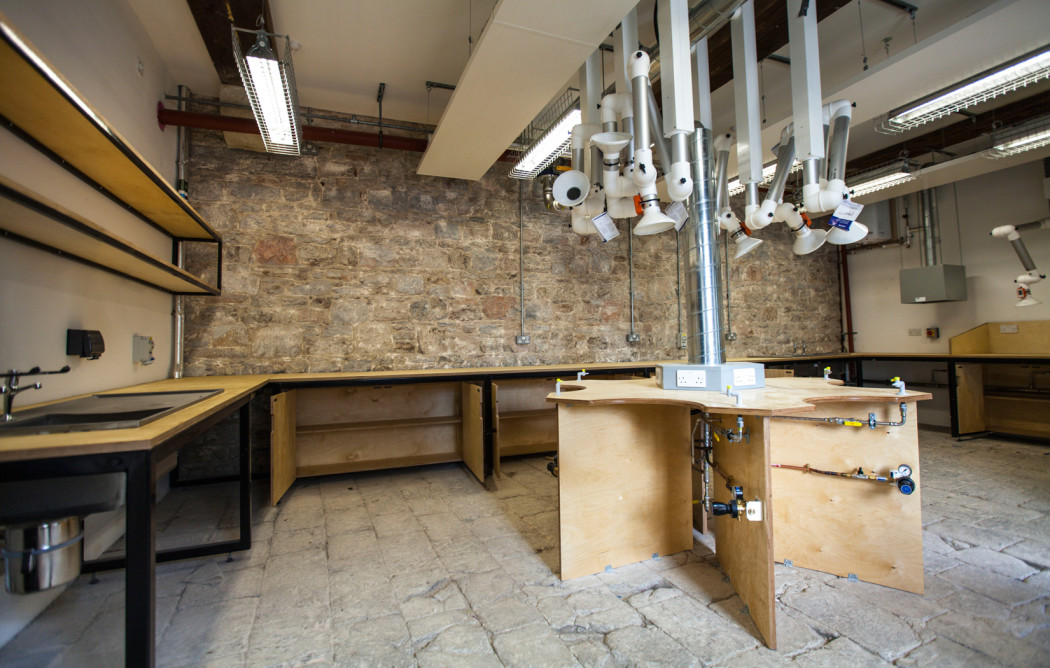
Photography: Rod Gonzales
For him, the pièce de résistance of the £4.2m project is the building’s fully-glazed entrance hall – once an open-sided storage undercroft. English Heritage stipulated that it must retain its original feel, yet it needed to be protected from the elements in order to house museum-quality artwork.
Gillespie Yunnie installed 10 tonnes of security glass, which sits in a narrow foundation hidden beneath the existing flag floor. High-tech solar and black-out blinds, as well as a heating system, are all hidden within this trench.
‘In every other space we took the approach that services should be on show, left raw and exposed, but here, where art needs to sit alongside history, uncluttered by unnecessary visual interruptions, everything is hidden. The original space can be understood as the open-sided barrel store it once was.’
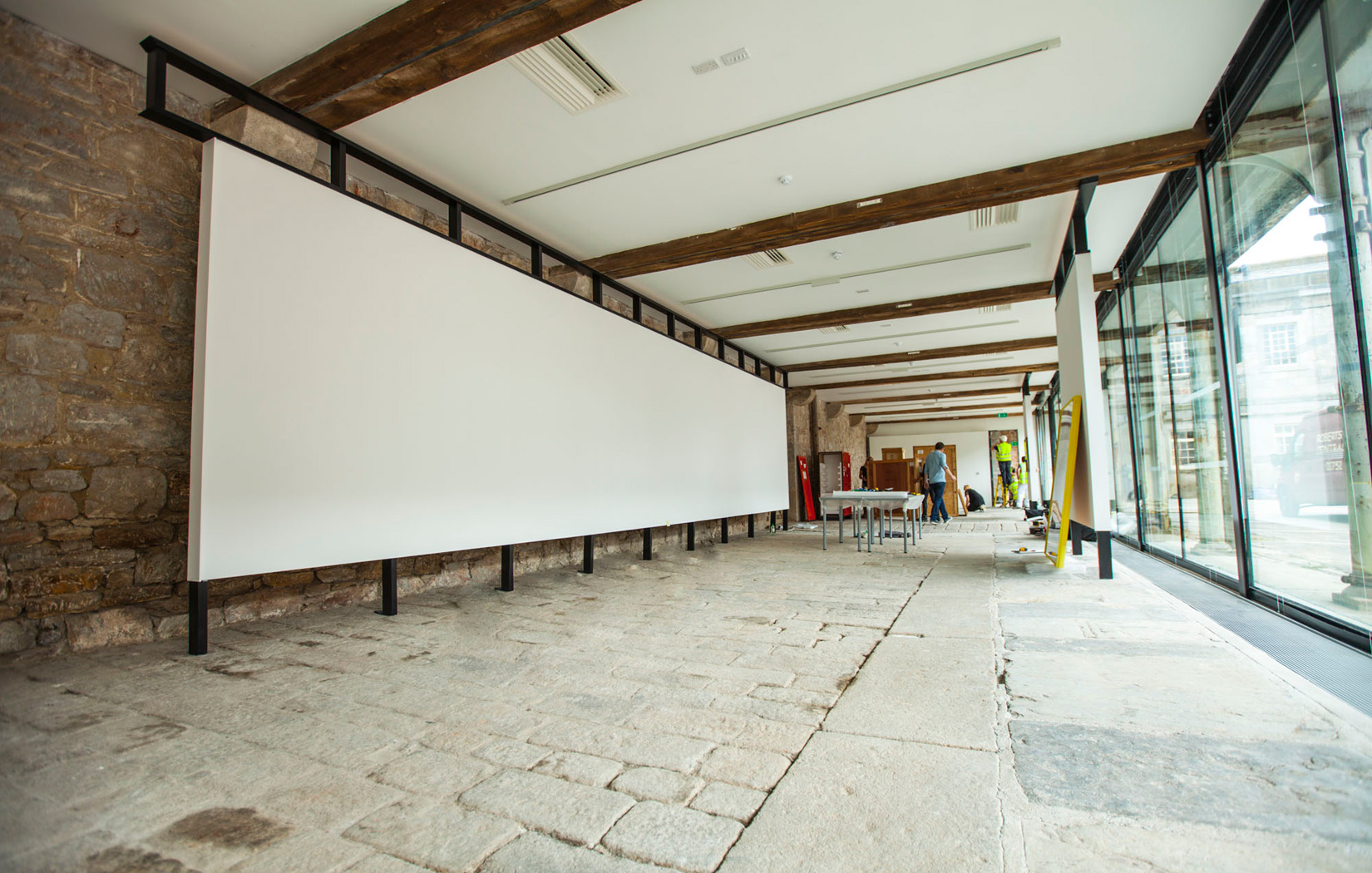
The opening of Ocean Studios is an important piece in the wider regeneration puzzle of the Royal William Yard. Over the last decade, Urban Splash have gradually brought the 15-acre site back into civilian use as restaurants, office spaces, apartments and a museum – a monumental shift for an area that wasn’t even included on public maps when work began, due to reasons of military security.
Over 400 artists have enquired about taking space at Ocean Studios – helmed by directors Jennifer Jayarajah and Leigh Mason – which will play host to printmakers, photographers, glassmakers and silversmiths.Tate director Sir Nicholas Serota has described it as ‘a critical step in the regeneration of Plymouth’ that will ‘help to ensure that artists are attracted to and stay in the city’.
Perhaps Plymouth could soon become a major new cultural hub in the West Country.






















